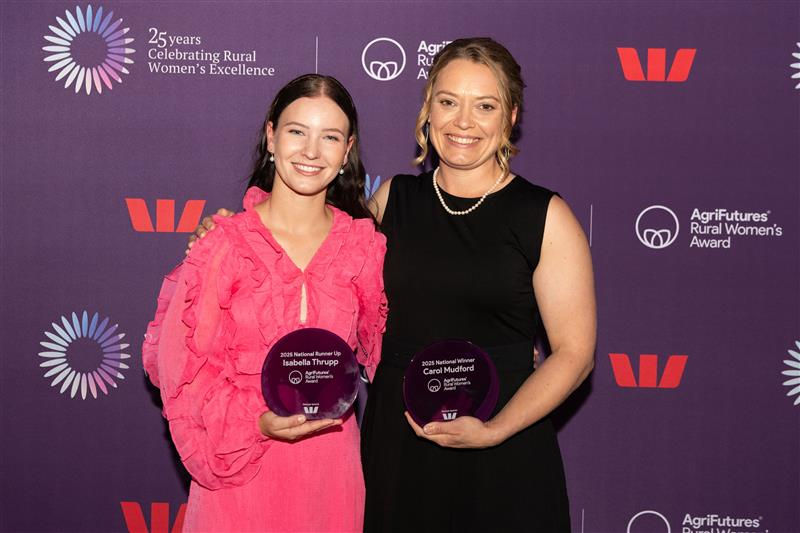'Deliberate demand destruction' of gas stings consumers
- Flow Australia
- Mar 25, 2024
- 2 min read
The gas industry is accusing the federal government of "deliberate demand destruction" that is making the gas supply shock worse for households and industry.

Demonising gas is adding to the cost of living crisis, exacerbating the domestic supply gap and threatening investment in Australia, according to the gas industry.
Senex Energy chief executive Ian Davies has accused the federal government of "deliberate demand destruction" and "secret and selective" consultation in its rush to run Australia on renewable energy.
"It's crunch time ... the only real solution is more supply," Mr Davies told an industry conference on Tuesday in Sydney.
He urged the federal government to bring gas into a taxpayer-funded capacity investment scheme to boost national supply.
"Something needs to change, and quickly, before the warning bells turn to a death knell for industry and lights out for households," he said.
"Unrelenting market intervention over many years has created this mess and it's time for effective energy policy to get us out of it."
"It's crunch time ... the only real solution is more supply," Senex Energy CEO Ian Davies says.
ExxonMobil commercial director David Berman told the annual Australian Domestic Gas Outlook summit that energy security sourced from the Gippsland Basin would be vital.
"There is an urgent need for new investment in domestic gas supply and infrastructure to provide energy security and affordability for households and business," he said.
He said leaving Australian gas in the ground did nothing to ensure supply, put downward pressure on prices, or secure the "economic and emissions reduction benefits" of gas.
"Wind and solar alone cannot solve emissions in the industrial sectors that are at the heart of our modern society," he said.
By 2030, gas available to southern states would decrease by 44 per cent - more than four times the most credible forecast - the operator of Australia's largest domestic gas supply project warned.
"Decisions to invest or not in new gas supplied by the Gippsland Basin and Kipper Unit Joint Ventures will materially impact the supply outlook for the southern states in the second half of this decade," Mr Berman said.
Bass Strait production is primarily from the Gippsland Basin located off the southeast coast of Victoria and Kipper Unit Joint Ventures with Woodside Energy.
The conference is considering where the industry and financiers should invest - in pipelines, terminals and new fields - or leave capital in the bank to avoid financial and reputational fallout from adding to climate exposure.
The industry says the nation's readiness for the next three winters is under threat, with a risk of gas shortfalls on extreme weather days and potential supply gaps looming in southern states according to official forecasts.
Latest modelling from the the Australian Energy Market Operator warns gas supply gaps will only increase with dwindling production from Bass Strait, but that has been contested by independent analysts.
Pipeline and storage upgrades as well as renewable gases will be needed if supply is to keep pace with demand from 2028 onwards, according to the national body.






Comments